The vagaries of British weather have left their mark on SSE’s latest annual results.
SSE said today its renewables arm had made “small immaterial changes” to its output forecasts after lower-than-expected “weather resource” – less wind – over the past four years.
The Perth-based energy giant revealed it was using longer-term wind speed averages as a “more accurate estimate of expected long-term profitability” for its onshore and offshore wind farms.
Bad weather hits huge North Sea wind project – Dogger Bank A completion now expected in 2025
Meanwhile, “poor North Sea weather” was a contributing factor in SSE pushing back the completion date for its giant Dogger Bank A wind project off the coast of Yorkshire.
Installation vessel availability and supply chain delays also forced SSE to revise its timetable for the 95-turbine development. Dogger Bank A was planned to start commercial operation this year but completion is now expected in the first half of 2025.
SSE said lower-than-expected wind speeds led to onshore turbine maintenance projects being brought forward last year.
Reporting on its operational performance in the 12 months to March 31 2024, the company added: “Asset availability has remained high throughout the year, particularly given the busy winter period – which included 10 named storms.
“The second half of the year saw a return towards more normal wind speeds, albeit still below long-term averages, resulting in output around 6% down year-on-year.”
Weaker-than-expected gusts at Beatrice wind farm off Caithness
Offshore, the 504-megawatt (MW) Greater Gabbard wind farm off the coast of Suffolk experienced “higher-than-anticipated wind resource”. By contrast, wind gusts at Beatrice – a 588MW wind farm eight miles off the Caithness coast – were weaker than expected.
SSE, which owns 50% of Greater Gabbard and 40% of Beatrice, said the different weather impacts underlined the value of geographical diversity in its offshore assets.
Seagreen’s 114 turbines more than offset lower-than-average wind speeds
Seagreen, a 1,075MW, 114-turbine wind farm about 17 miles off the Angus coast, achieved “significant stable and reliable generation” near the end of SSE’s trading year.
A 34% year-on-year increase in output at Seagreen more than offset the impact of lower-than-average wind speeds on SSE’s wind energy production in the year to March, the firm said.
SSE has a 49% stake in Seagreen. French company TotalEnergies owns the other 51%.
The wind farm reached full commercial operations during October 2023.
Adverse weather impacted SSE’s customer performance in 2023-24, disrupting energy supplies.
And the company said its hydro-electricity teams had “managed extremely challenging weather conditions well throughout a number of major named storms”.
Weighing up climate impacts in its results statement, SSE said changes to weather patterns resulting from global warming were a potential risk to future returns from its wind and hydro-electric assets. Calmer, drier weather may impact production and result in “significant headroom” on the value of UK and Irish assets, the firm added.
Shetland wind farm and cable projects at final commissioning stage
SSE said final commissioning was under way on its Viking onshore wind farm in Shetland.
Installation of SSEN Transmission’s 162-mile high-voltage direct current (HVDC) subsea cable to the Scottish mainland has also reached the final commissioning stage “ahead of energisation” this summer.
SSE also reported “good progress” on enabling work for its Eastern Green Link 2, or EGL2, an HVDC undersea link between Peterhead and Yorkshire.
Pre-tax profits for 2023-24 came in at £2.495 billion, which was down from just over £2.5bn a year ago. Revenue for the latest period was down by around 16% at £10.5bn.
SSE reported adjusted operating profits of £2.4bn, down 4% year-on-year.
It also highlighted its £2.5bn investment in delivering “critical energy infrastructure”.
CEO hails SSE’s ‘strong’ performance
Chief executive Alistair Phillips-Davies said: “This is a strong performance where we have delivered essential energy infrastructure, benefited from the resilience of our business model, and made disciplined investment in our excellent growth opportunities.
“We continue to see a path to investing circa £40bn this decade, assuming a supportive policy environment, helping speed up the clean energy transition and creating and supporting thousands more good jobs in the process.”
John Moore, senior investment manager at wealth manager RBC Brewin Dolphin, said: “SSE has delivered a steady set of results, despite some challenges in the past year.
“Unfavourable weather has had a temporary impact and the company still managed to deliver towards the upper end of previous guidance.
“SSE is in a sweet spot in terms of the energy transition and the direction of policy, and the company is making significant investments and becoming an increasingly important part of the UK’s infrastructure.”
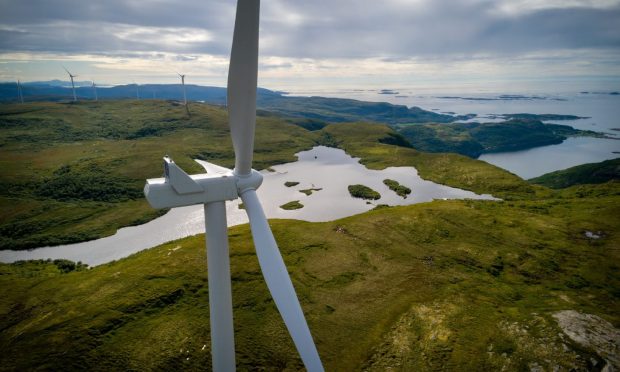
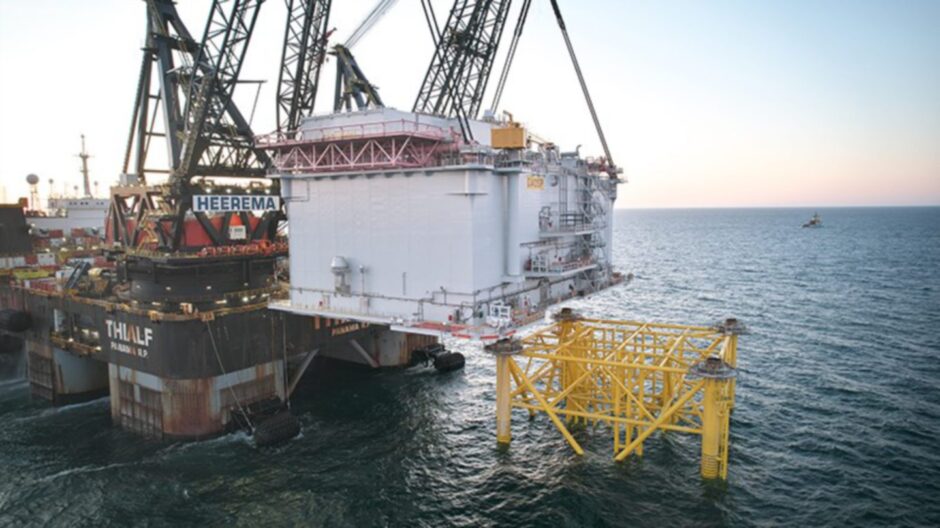
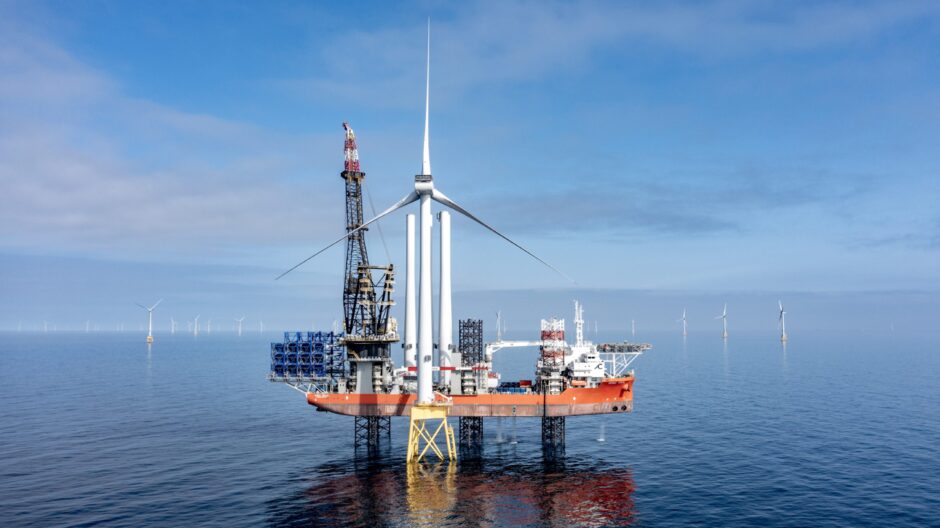
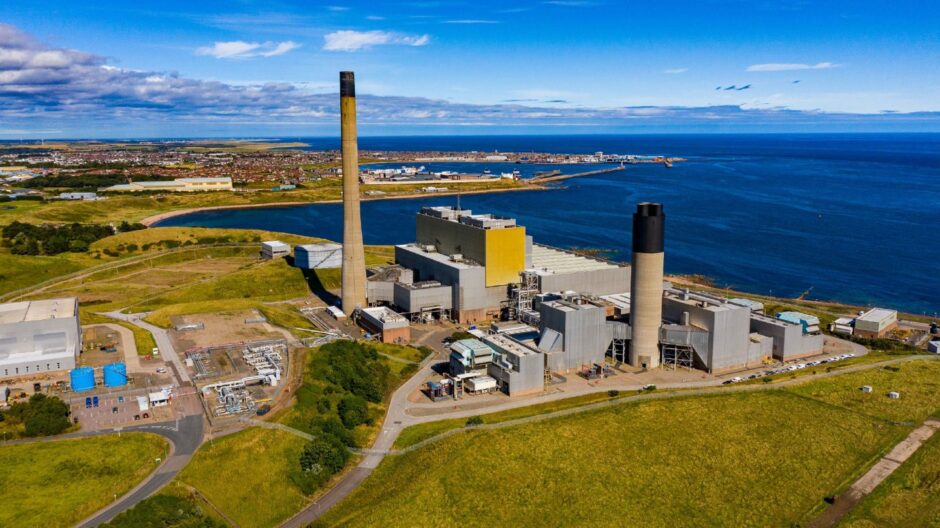
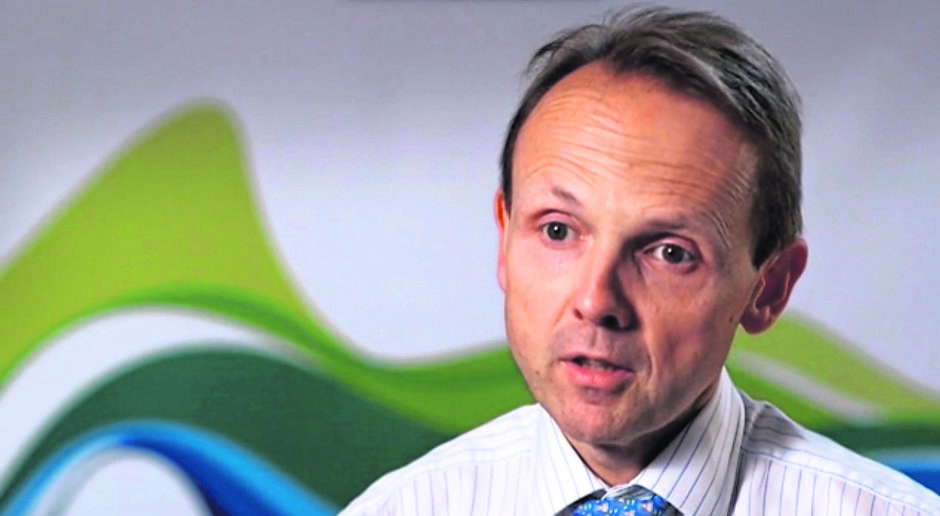
Conversation